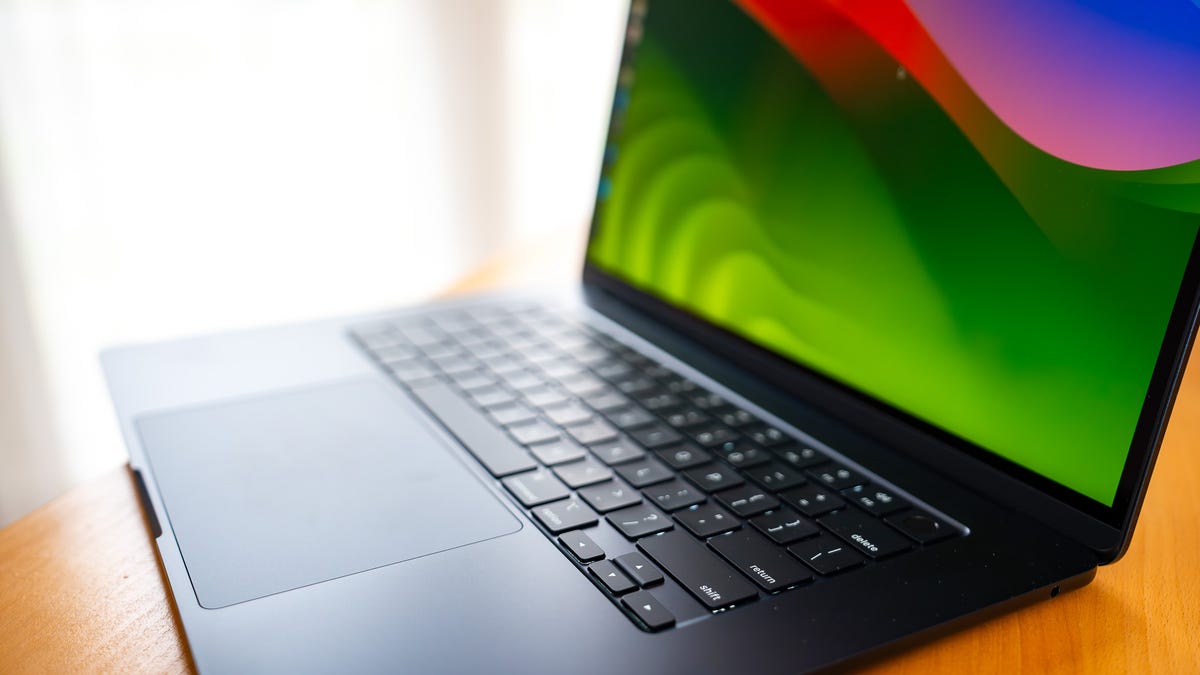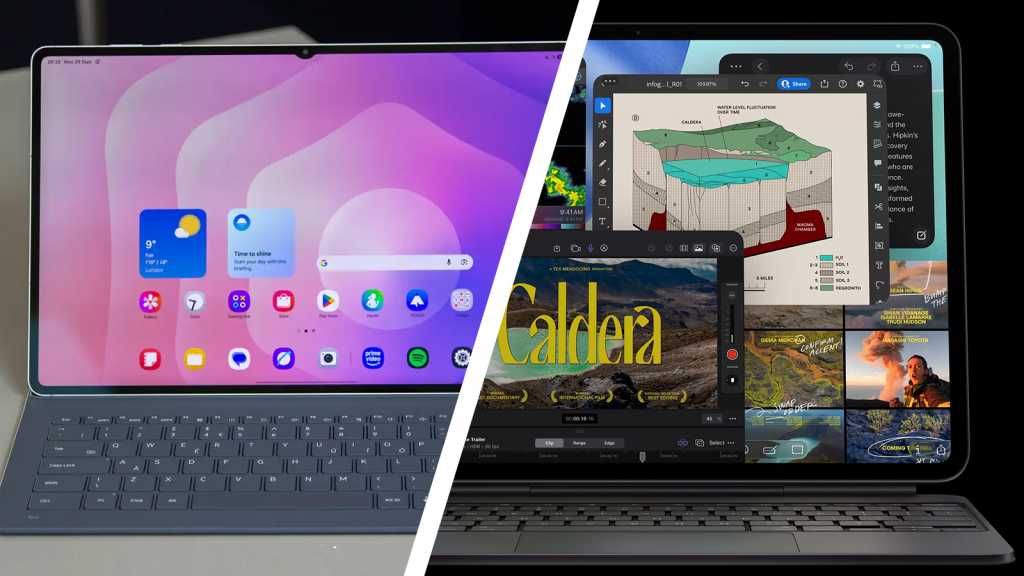Follow ZDNET: Add us as a preferred source on Google.
ZDNET key takeaways
- There are certain apps I have to use on MacOS.
- This list is curated from Apple and third-party apps.
- Each of these apps is trusted and works very well.
Although it’s not my primary operating system, I do use MacOS. This is especially true when I’m on the go (because I use a MacBook Pro) or when I’m working on multimedia. Other than that, it’s all Linux, all the time.
Also: New to MacOS? 8 beginner tips and tricks to try first – and why
When I’m working on MacOS, I have a list of apps that have become essential to me over the years. This list is a mixed bag of Apple and third-party apps, and some of them might just surprise you.
Let’s get to the list.
1. Opera
Yep, Opera is my go-to browser on MacOS. On Linux, it’s Zen Browser, but Zen Browser on MacOS has a bit of glitchiness in the UI that I can’t deal with. That’s fine, because Opera is an outstanding browser — so much so that I don’t even think about using Safari (or any other browser on MacOS). Opera has everything I need in a browser. It has a brilliant theming engine (the best available), plenty of security, it’s rock solid, isn’t bloated, and renders pages like a champ.
Also: 5 reasons why I use Opera Developer instead of the stable browser
Another reason Opera is my go-to is the Workspaces feature, which supercharges tab management. Any browser that isn’t using a feature like this is way behind the game. And given that I no longer use or depend on bookmarks, Workspaces becomes even more important. Yes, Safari has a similar feature, but Opera just does it better. What more could you ask for in a free browser?
2. Apple Mail
Seriously, if I could have Apple Mail on Linux, I’d make it my default in a heartbeat. Of all the email clients I’ve ever used (and that’s a lot), Apple Mail is by far the best. Some may think an email client is an email client, but that is not the case. What I love about Apple Mail is that not only does it have one of the most beautiful UIs of any email client, but it never fails me, and it has all the features I need (powerful filters, inbox categorization, rules, etc.).
Also: Hate Apple Mail’s redesign? How to get your old inbox back
I realize that email isn’t exactly all the rage right now, but I depend on it, and Apple Mail is the app I’d rather use than any other.
3. Bitwarden
I couldn’t function without a password manager. Even though Google is forcing passkeys on us (don’t get me started on how broken Google’s passkey situation is), I still would rather work with a username/strong password/2FA, and Bitwarden ticks each of those boxes. Bitwarden has a desktop client, web app, browser extension, and mobile option, all of which have a similar look and feel, so you won’t have any problem moving from device to device.
Also: Bitwarden review: Our favorite free password manager with low-cost premium features, too
Bitwarden’s password/passphrase generator is also the best I’ve used. Bitwarden is open source, which I really appreciate. If you’re not already using a password manager, it’s long past time for you to adopt one — and you might as well adopt the best: Bitwarden.
4. Pages
You probably thought I was going to go with LibreOffice as my document tool of choice. Under normal circumstances, that probably would be the case, but there’s not much “normal” about me. Case in point: I write novels (a lot of them). My publisher works with MS Office, so I have to use a word processor that makes collaboration with editors not only easy but reliable.
Also: 5 reasons Apple Pages is a must-use for me
Over the years, I’ve found inconsistencies with the way LibreOffice and MS Office behave together. Apple Pages has worked flawlessly for this. Another reason I go with Pages on MacOS is that the LibreOffice UI on MacOS looks outdated (especially with the advent of Liquid Glass).
5. Warp Terminal
Yes, it’s true. I do use the terminal a lot in MacOS. Sometimes, it’s as simple as using SSH to remotely access another machine on my LAN, while other times it’s actually to use the command line interface on MacOS (which is very similar to that of Linux). When I use a terminal app, I default to Warp because it’s a terminal app on steroids.
Also: 6 MacOS terminal apps that are much better than Apple’s default – and they’re free
Warp Terminal has built-in AI that can even help you learn how to use the command line (you can type a sentence stating what you want to do, and Warp will convert that into the required command). Warp also has a ton of configuration options that most terminals don’t have. Warp is free to install and use (but there are paid tiers for business users).
6. Arc Studio
I’m also a playwright and scriptwriter, and the only tool I trust for that is Arc Studio. No, it’s not the de facto standard in the industry (that title belongs to Final Draft), but Arc Studio gives me all the features I need in a GUI that’s incredibly simple to use, at a reasonable price ($69 or $99 per year). One thing I love about Arc Studio is that it learns as you write.
Also: Arc Studio is the affordable Final Draft alternative you’ve been looking for
What I mean is that it does things like save character names, so when you select Character as a format, it gives you a drop-down selector where you can choose the character. In many cases, Arc Studio knows the characters you’re using and is pretty good at choosing the right name for you. Arc Studio makes something that can be laborious to format a breeze.
7. DaVinci Resolve
DaVinci Resolve is my video editor of choice, and I cannot imagine finding a better tool for the job. At one point, I used Final Cut Pro, but after a few years with that, I realized I’d outgrown the app and needed something with more power. Ergo… DaVinci Resolve. One of the best things about Resolve is its powerful color tools.
Also: These 6 Linux apps are the secret sauce to my creative process
With DaVinci Resolve, I can get much more realistic colors (or even stylized colors) without having to resort to third-party plugins or LUTs. DaVinci Resolve also has a large selection of camera make/model color science baked in. If you have a camera that’s listed, select it in the project settings, and you’re already 10 steps ahead with color.
8. Slack
As much as I hate that I have to use a business-centric tool in my otherwise creative life, Slack is a must. I have several clients that use Slack as a primary tool of communication, so I really have no choice. The good thing is that Slack makes communication and collaboration easy. I can chat with clients, send files, send direct messages, search, and do so much more with this app.
Also: Your Slack chatbot is about to get a huge AI upgrade – what’s new
Without Slack, my freelance work would not be nearly as efficient as it is.
9. Spotify
As of this moment, I’m listening to Mozart on Spotify as I type. I almost always have music playing, whether I’m focusing on it or just having it in the background. No matter the need, Spotify is what I’m using when on MacOS (or Linux). I will say this: I mostly use Spotify as a means to find new music. When I find something I like, I buy the vinyl version of the album.
Also: Spotify’s free tier just got a major upgrade – here’s what’s new
I do this not only because I love listening to vinyl but also to ensure the artists are actually getting paid their worth. Spotify makes this very easy, especially with the Discover feature, where you can find artists similar to what you’ve been listening to.
Get the morning’s top stories in your inbox each day with our Tech Today newsletter.


